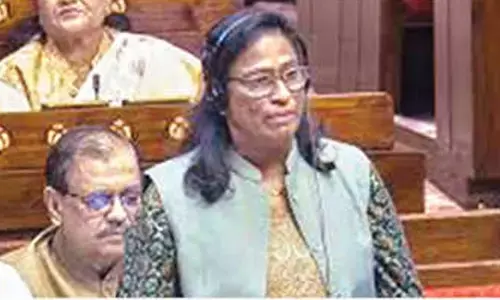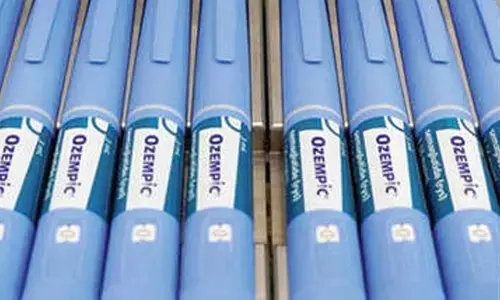Is there shift in savings curve? Macro and bond implications

The current account is ultimately the difference between investments (I) and savings (S) at an economy wide level. In turn, the relative balance of S versus I is a key determinant of interest rates, ceteris paribus. Thus when I is much in excess of S (think 2013), then interest rates need to rise to reduce I and increase S. On the other hand, when the two are in better balance one can look forward to stabler interest rates
Probably the most noteworthy feature of India’s recent macro-economic dynamics has been the increase in the trend rate of our services trade surplus. The monthly services trade surplus has been steadily rising from about $6 - 7 billion in the 2018 - 20 period to $10-14 billion over the last one and a half years. The narrative on why this is happening seems circling around the further proliferation of global capability centres in India. In other words, we are expanding our footprint in the share of the international service industry that is now getting outsourced to India.
If the rise in services trade surplus was getting offset by a similar expansion in our goods trade deficit, then this would not be of much macroeconomic significance. However, that isn’t the case as the chart below shows.
Services trade surplus durable
Thus the level of offset that services trade surplus is providing to the goods deficit has been steadily rising (the 2020 Covid period should be ignored for the analysis owing to a short period dramatic collapse in trade deficit). This bodes well for the overall monthly trade deficit and more generally the current account deficit, as shown below:
In absence of commodity price shocks, India’s current account deficit trajectory now seems closer to circa 1.5 per cent of GDP as opposed to 2 - 2.5 per cent of GDP before. Admittedly there are other sources of volatility here as well. However the underlying trend of steady compression, led by expansion in services trade surplus, now seems durable enough to take note of.
Macro Implication
The current account is ultimately the difference between investments (I) and savings (S) at an economy wide level. In turn, the relative balance of S versus I is a key determinant of interest rates, ceteris paribus. Thus when I is much in excess of S (think 2013), then interest rates need to rise to reduce I and increase S. On the other hand, when the two are in better balance one can look forward to stabler interest rates.
The services trade surplus trends discussed above can be essentially visualised as a shift rightward in the savings curve. Thus savings have gone up at same levels of domestic interest rates owing to additional income earned from abroad creating those savings. This is shown in the chart below:
Ceteris paribus, this argues for stabler interest rates. And that is precisely what we have been seeing. Despite elevated levels of government borrowings and a relatively hostile external environment, local bond demand has surprised in its resilience, especially that for long term bonds, Asset management company Bandhan AMC, Head, Fixed Income, Suyash Choudhary has said.
Current account well-managed
However, that for the current account trend to continue it is essential for the government deficit to be somewhat complimentary to what the private sector is doing. So far there is reason to believe that this is the case. Thus the expansion in government deficit over the past few years was on account of private sector savings having been increased. The proof of the hypothesis is in the fact that despite higher central government fiscal deficit, the current account has broadly remained well behaved.
Hedging risk
If sustained, this development also has significant takeaways for bond investors. It will imply a relatively stable to possibly downward trending interest rate scenario over time, assuming no further large global shocks. Investors will have to seriously start to consider reinvestment risks on maturing investments.
This is especially true as a lot of very short term investments have been made over the past year or so considering heightened market volatility and elevated front end rates. One way to hedge some of this risk could be to elongate maturity on new investments being made now.




















